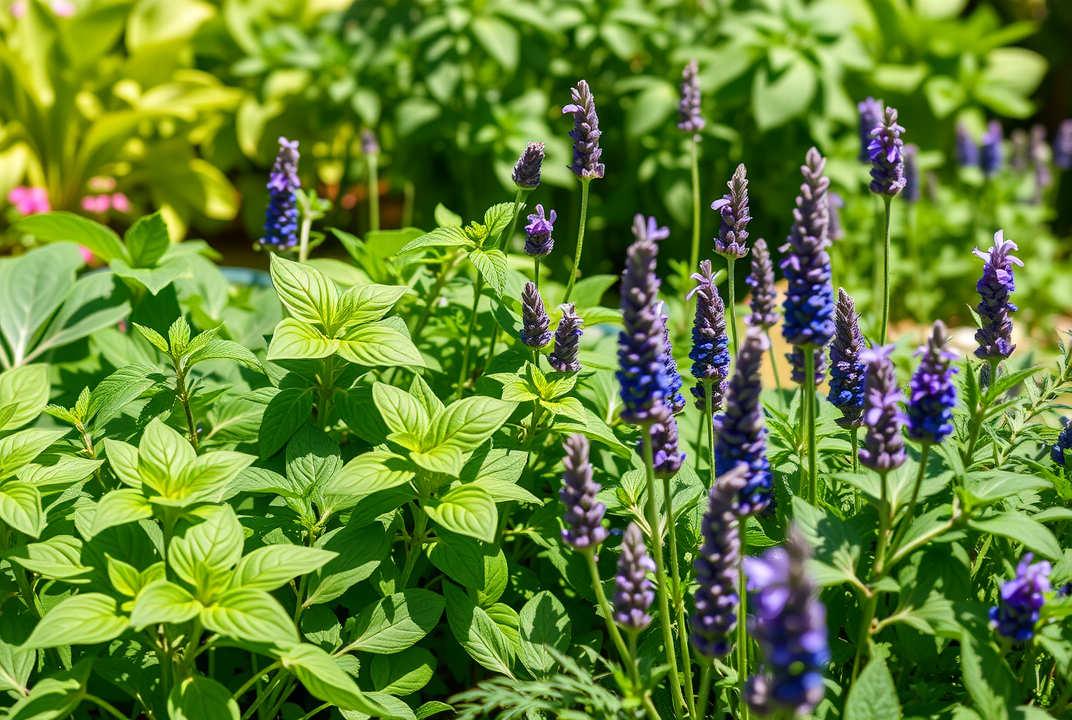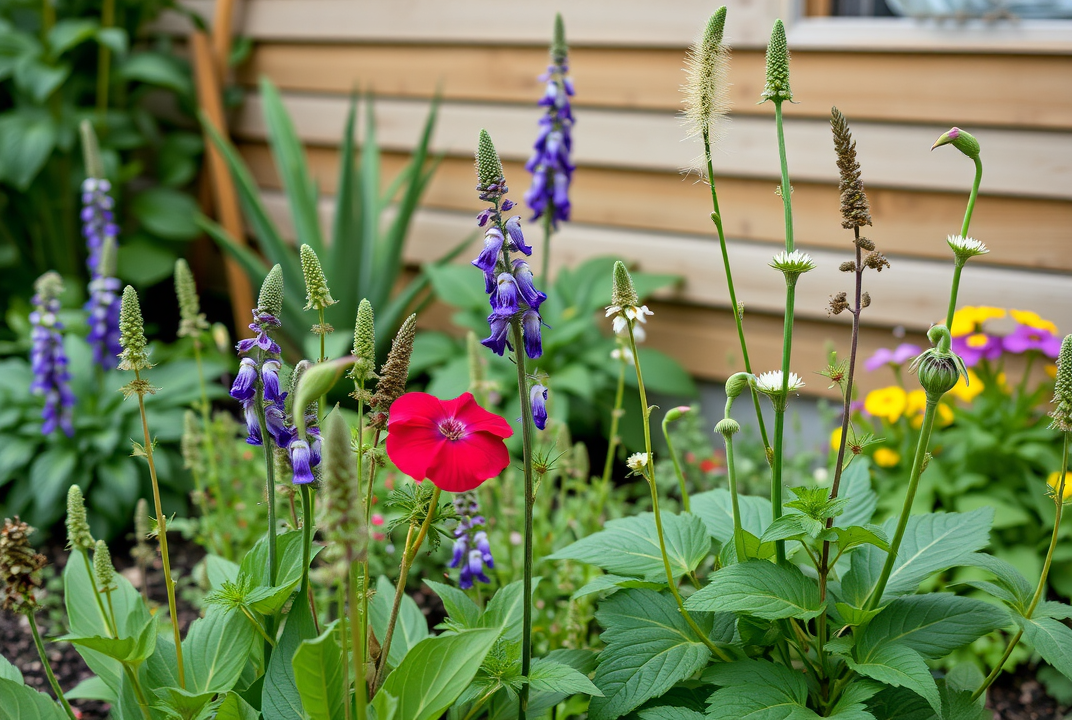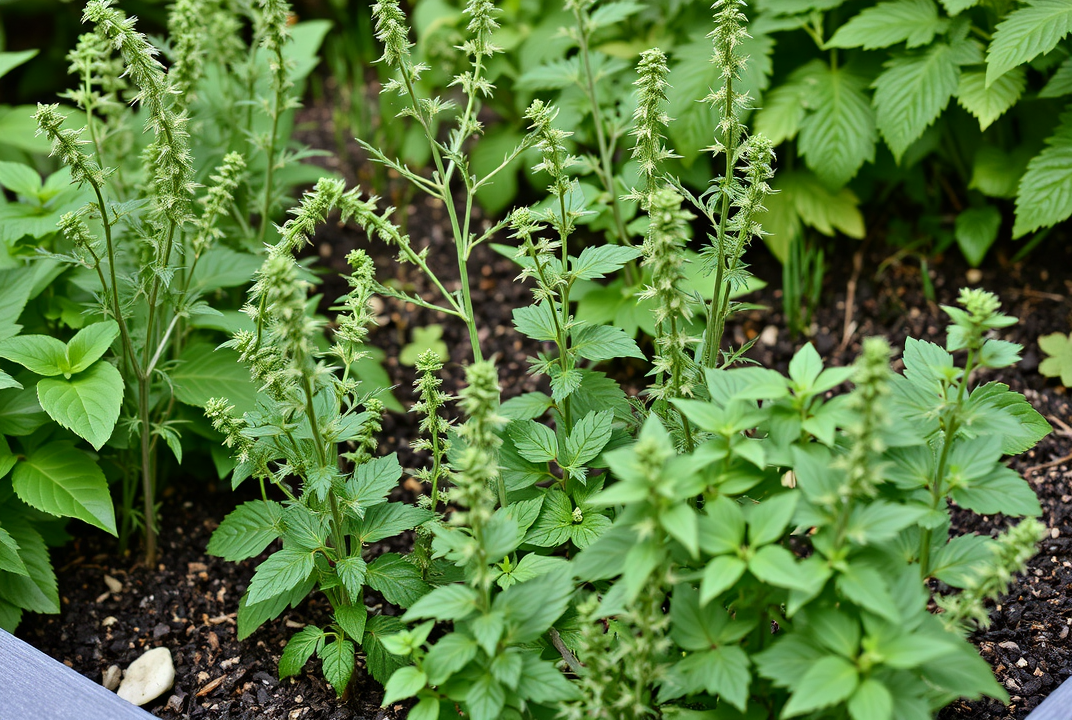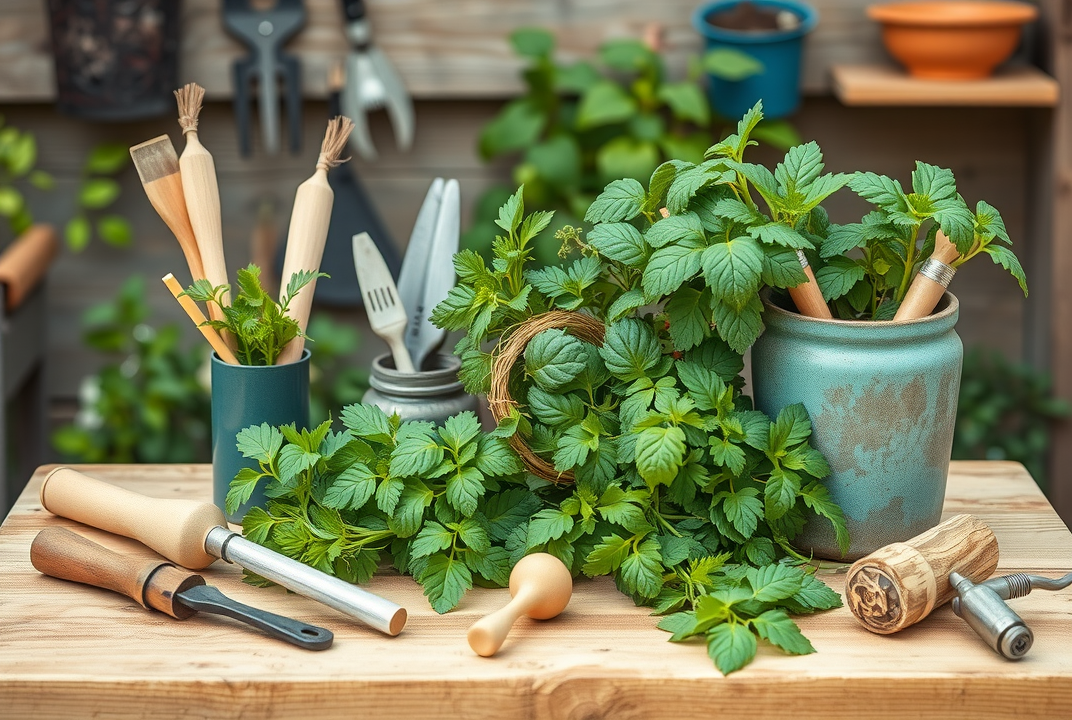Healing Herbs to Cultivate in Your Garden

Introduction
Did you know that growing certain herbs in your garden can both beautify your outdoor space and potentially reduce your medical expenses? Many common herbs boast healing properties that can enhance your health. This article will guide you through cultivating an herbal garden, focusing on herbs known for their healing benefits. We’ll explore various healing herbs, their benefits, how to grow them, and the best ways to use them.
Understanding Healing Herbs
Healing herbs have been used for centuries to treat ailments naturally. While modern medicine has developed, the benefits of these plants remain valued. Using herbs you grow not only supports sustainable living but also empowers you with a personal pharmacy at your fingertips.

1. Basil
Basil is more than a culinary herb; it's packed with antioxidants. Known to reduce inflammation, basil can also promote heart health. When growing basil, choose a sunny spot in your garden, and ensure the soil is well-drained.
-
Planting Tip: Start seeds indoors in early spring and transplant outdoors after the last frost.
2. Lavender
Famous for its aromatic qualities, lavender is often used for stress relief and improved sleep. It also has antiseptic and anti-inflammatory properties.
-
Growing Tip: Lavender thrives in sunny, dry areas, making it perfect for water-wise gardens.
Cultivating Your Healing Garden
To create a successful herb garden, consider these guidelines:
-
Location: Most herbs need sunlight, so choose a sunlit area.
-
Soil: Well-drained soil is crucial. Consider using organic soil mixed with sand for good drainage.
-
Watering: Herbs have varied water needs, but most prefer moderate watering. Be cautious about over-watering.

Benefits of Common Healing Herbs
3. Mint
Mint has digestive benefits and can relieve headaches. It grows prolifically, so it’s best to plant it in containers to prevent it from overtaking your garden.
-
Usage Tip: Enjoy mint in teas or as a natural cooling agent.
4. Thyme
Thyme is recognized for respiratory health benefits and possessing antiseptic qualities.
-
Cultivation Advice: Plant thyme in spring, ensuring full sun exposure, and enjoy its aromatic presence.
Using Your Herbs
Learning how to use these herbs effectively is just as important as growing them. Here are some common ways to incorporate healing herbs into your daily routine:
-
Teas: Basil and mint make excellent teas known for health benefits.
-
Oils: Lavender oil can be used for massages or in diffusers.
-
Culinary Uses: From enhancing flavor to providing nutritional benefits, herbs like thyme are staples in cooking.
-
Topical Applications: Use crushed basil or lavender as a natural remedy for bites and skin irritation.
Caring for Your Herbal Garden
-
Pruning: Regularly prune herbs to encourage growth and prevent legginess.
-
Harvesting: Harvest regularly to maintain plant health and maximize yield.
-
Pest management: Encourage beneficial insects and use organic methods to manage pests.

Conclusion
Cultivating healing herbs brings you closer to nature and enhances well-being. By integrating these herbs into daily life, you gain access to natural remedies that are always within reach. Begin your herbal gardening journey today by selecting the herbs that best suit your lifestyle and enjoy the benefits of fresh, healing herbs right from your garden.